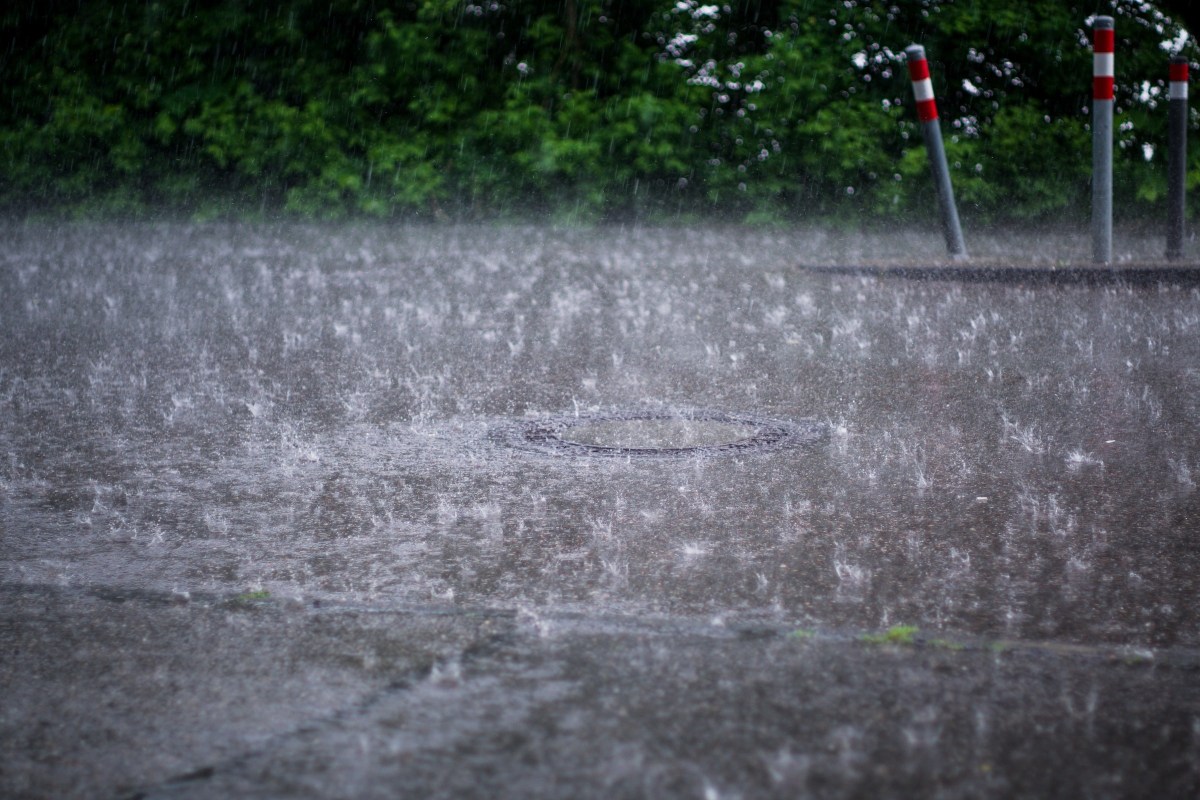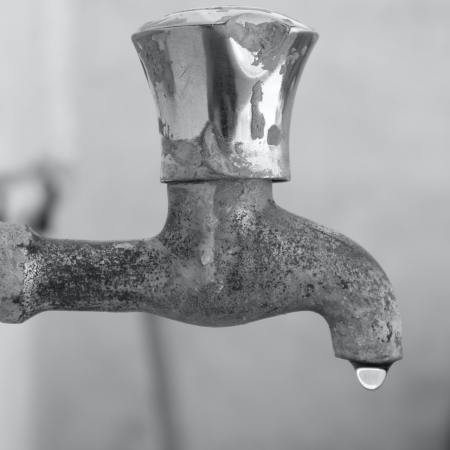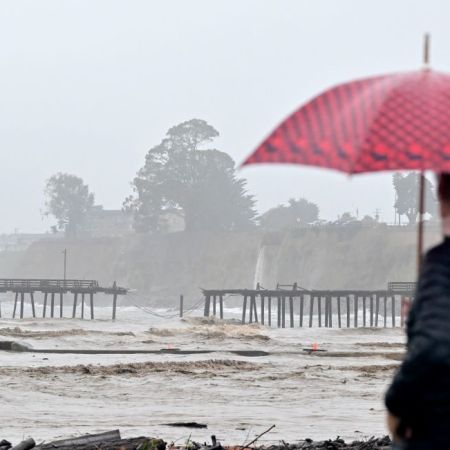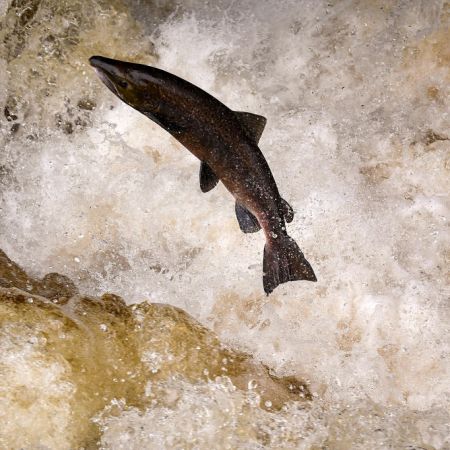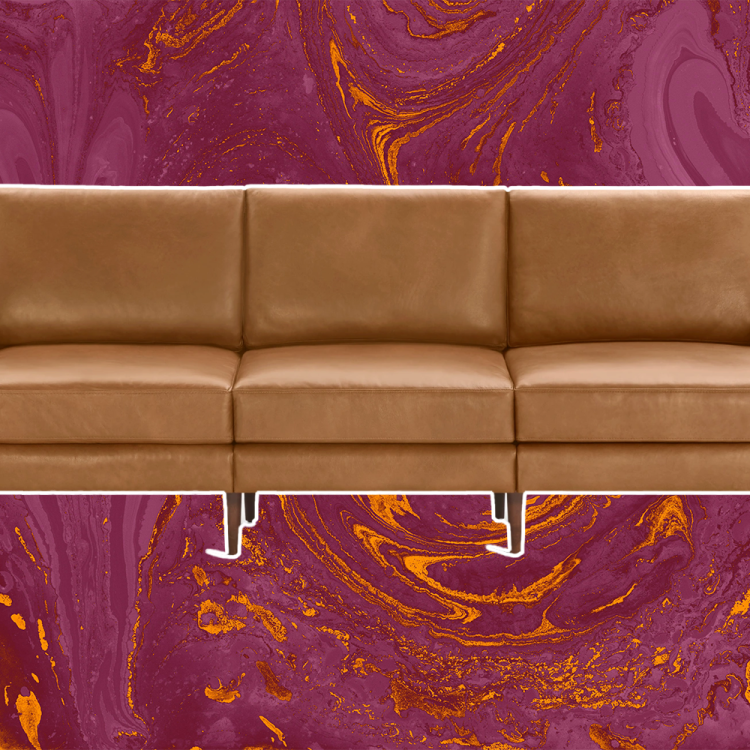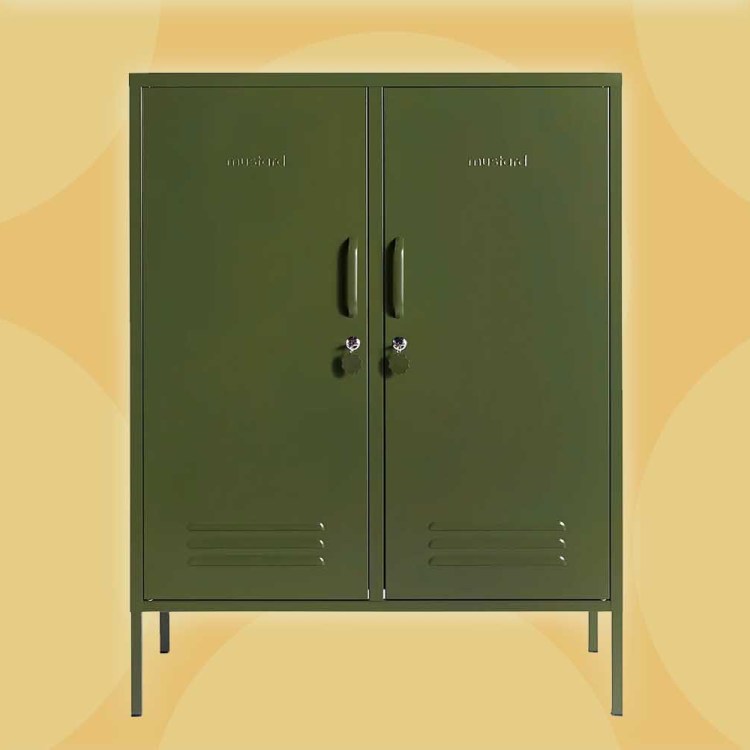In the southwestern United States, news of drought conditions has abounded across the landscape. The way that urban, suburban and rural architecture and planning responds to these environmental changes can make a significant difference in how prepared communities are during times where precipitation is scarce.
Writing in The Guardian, Oliver Wainwright explored the steps municipal planners and architects in Los Angeles are taking to address the realities of climate change and reduced precipitation. The article spotlights Safe Clean Water, a Los Angeles County program that taxes property owners based on the amount of impermeable surfaces found on their property. The logic here is simple: when rainfall is scarce, as is the case in much of California, the more of it that can be absorbed into the ground, the better things will be in drier times.
As Wainwright describes, revenue from this program has also gone into financing projects that will do a more efficient job of capturing rainwater that otherwise would have flowed into the Pacific. Water that can be used to keep plants alive and benefitting the community seems a better use of it.
Drought Makes Underwater Statues Near Chongqing Visible
They were submerged for centuriesSouthern California isn’t the only region where urban design and architecture are addressing changing conditions. A 2016 article in Curbed explored the ways in which Tucson was responding to drought conditions — which also included reducing concrete surfaces in favor of more permeable ones and finding new ways to handle precipitation.
These projects remain in a relatively early stage — but the impact they make could extend to a much wider swath of the world if they’re successful in their goals. With drought conditions likely to rise in the coming years, it’s a crucial area of research.
Thanks for reading InsideHook. Sign up for our daily newsletter and be in the know.
